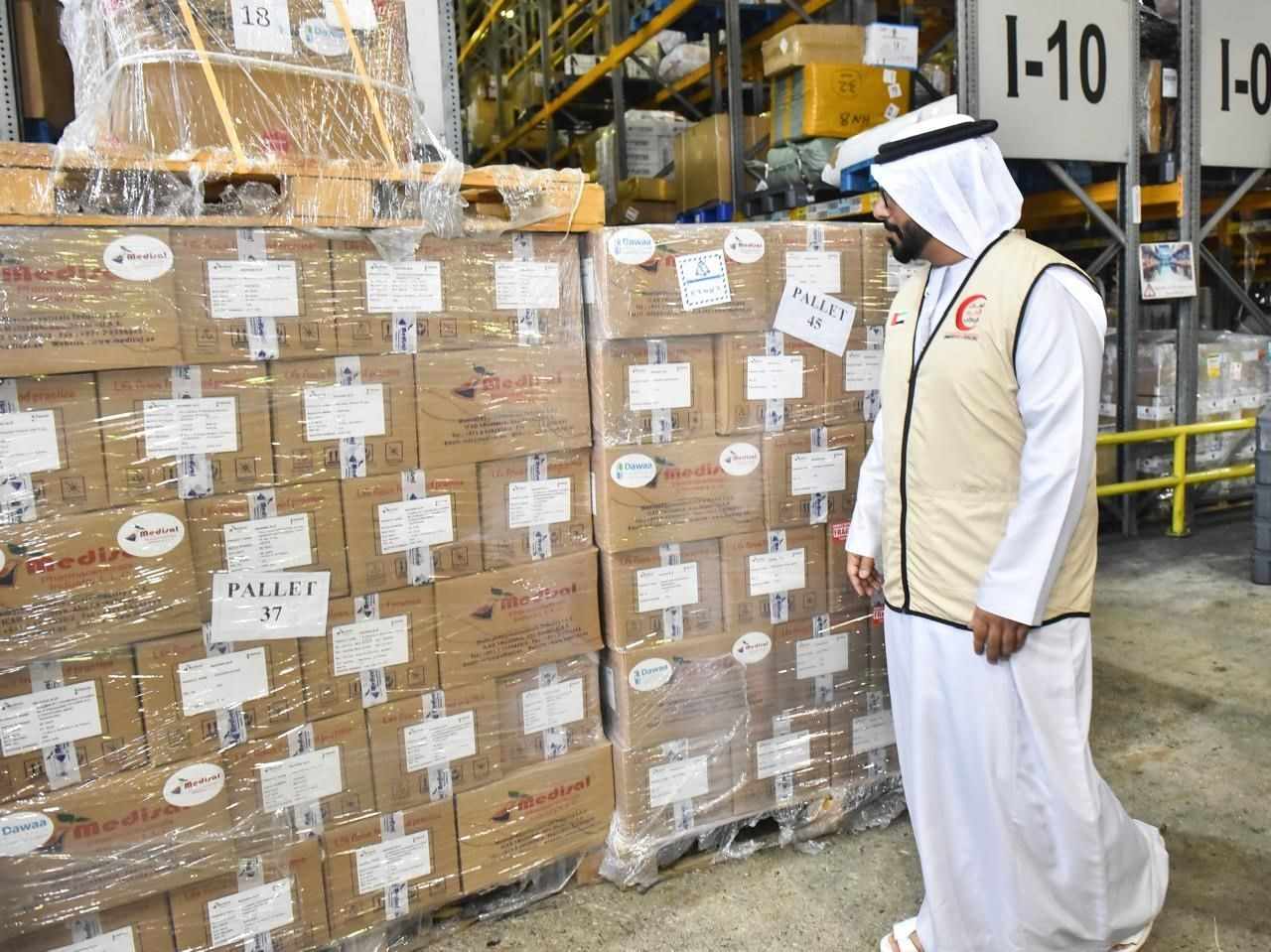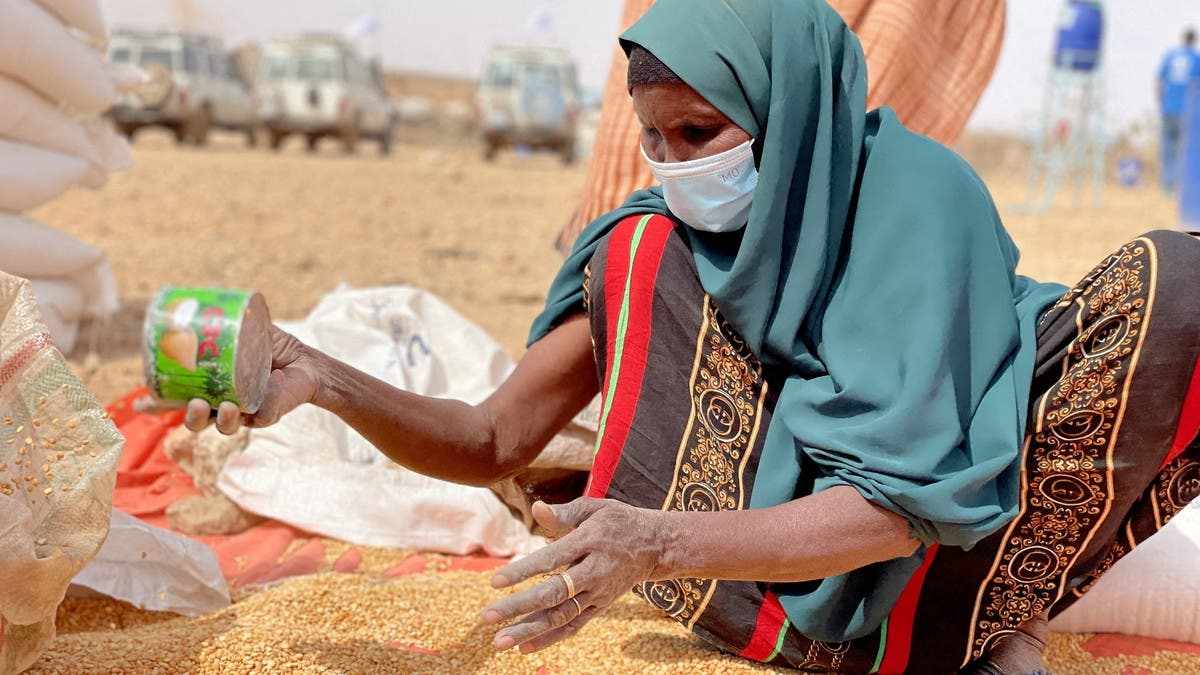How to build more resilient countries after the COVID-19 pandemic
- Date: 21-Jan-2021
- Source: World Economic Forum
- Sector:Healthcare
- Country:Middle East
How to build more resilient countries after the COVID-19 pandemic
In 2020, the world witnessed what happens when a global risk becomes reality. Confirmed cases of COVID-19 have now passed 95 million globally, with more than 2 million deaths. Millions more face the economic effects of the pandemic, with the world's most vulnerable facing the worst consequences.
Yet the pandemic - devastating in itself - also exacerbated some challenges while distracting from others. In the short-term, COVID-19 deepens some clear and present dangers: livelihood crises, eroding social cohesion and diminishing global trust. Longer-term, existential challenges persist, including adapting to and mitigating the effects of climate change, reining in geopolitical conflicts, and managing both digital divides as well as the effects of accelerated technology advancement.
Despite the remarkable pace of vaccine development and production, the COVID-19 pandemic makes clear that purely reactive strategies to long-standing risks are insufficient. With greater national preparation and international coordination, some of the worst impacts of the pandemic could have been avoided. It is now clear that there are myriad ways in which global risks can destabilize countries and communities. This is both a challenge and an opportunity. While the risk landscape is more ominous than it was a year ago, there is also greater momentum to























